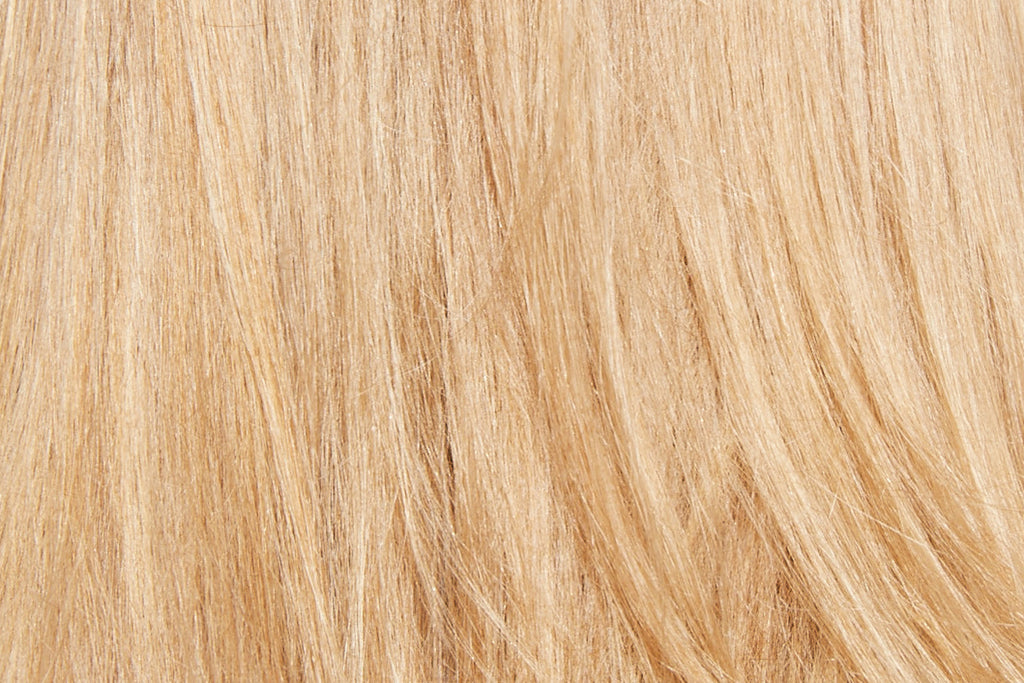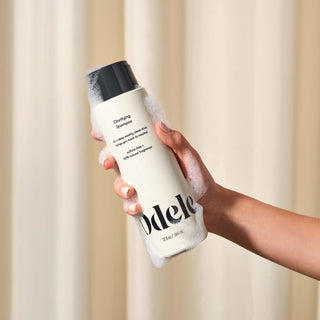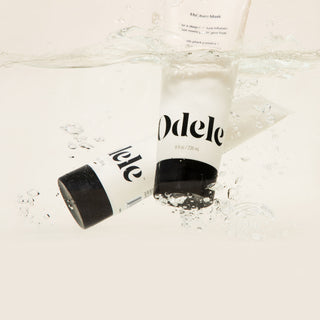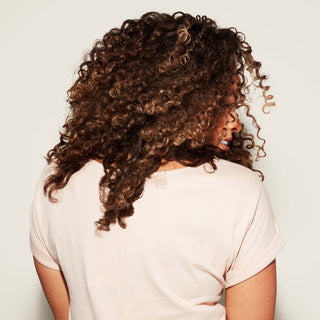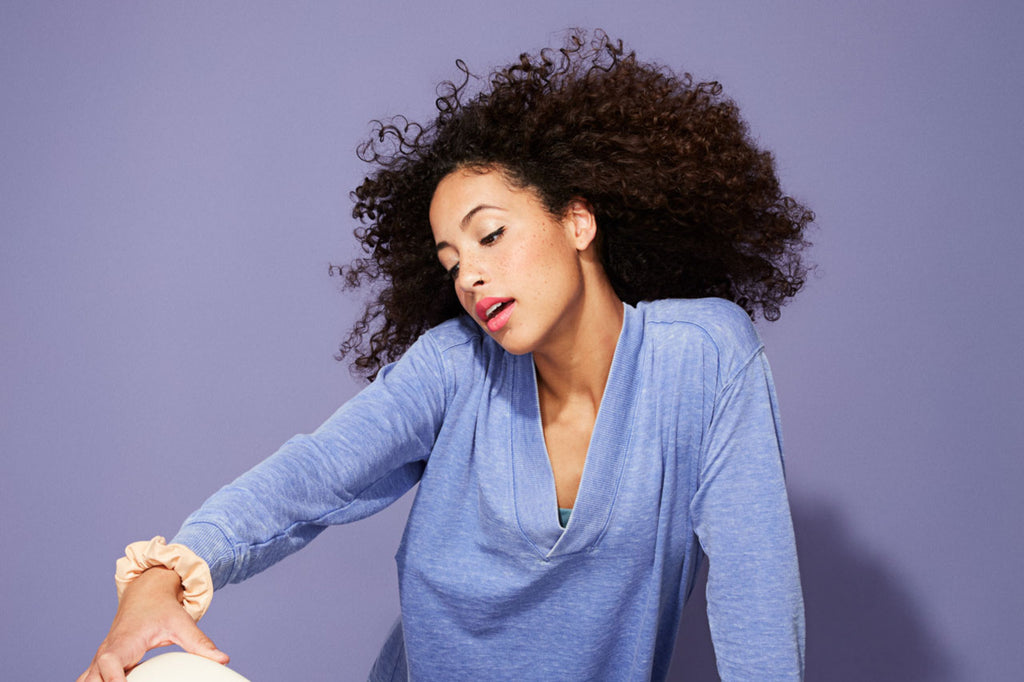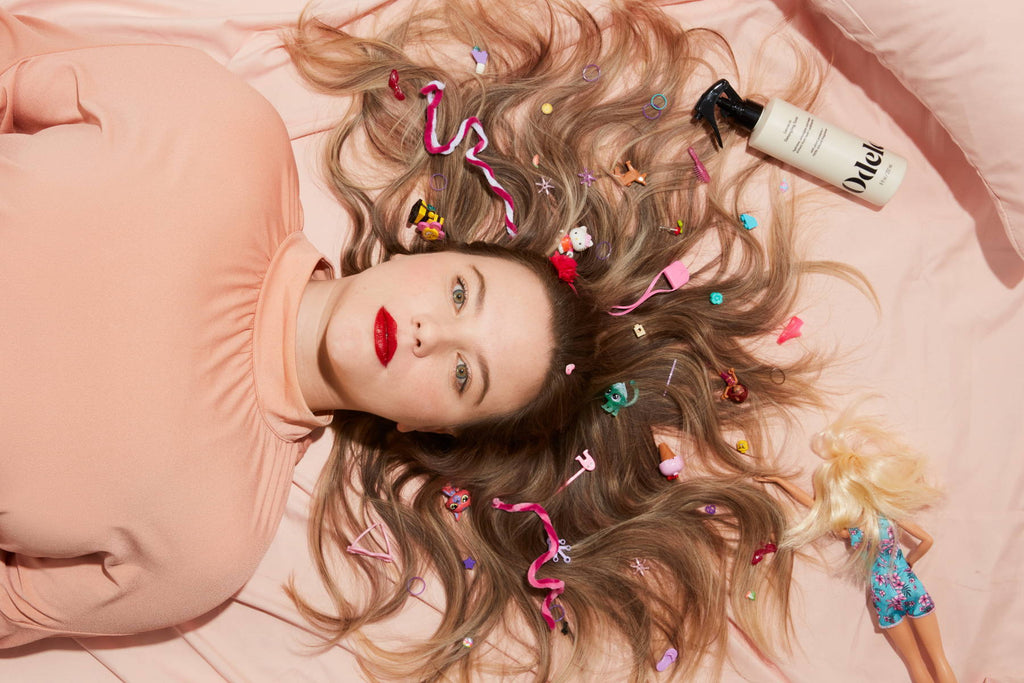Low porosity hair is moisture-resistant, which can make it tricky to manage. Friends with this hair type often deal with chronically dry or chronically greasy strands (yep, grease can also be a sign of thirsty hair!).
Sound like you? We understand the struggle. Fortunately, caring for low porosity hair isn’t rocket science—just hair science. 😉
We’ll get into how to moisturize low porosity hair properly, but first, let’s get clear on what “low porosity” really means and why it matters.
What is low porosity hair?
Porosity refers to how well your hair can absorb and hold moisture. It’s determined by how open, or porous, your hair’s cuticle is. It’s mainly genetic, but how you style and treat your hair can factor in over time.
There are three levels of hair porosity: high, medium and low. High porosity hair has a more open cuticle layer—making it easy for moisture to get in but hard for it to stay in. Low porosity hair has a more tightly bound cuticle layer, making it tough for moisture to get in at all. And medium porosity hair is—you guessed it—somewhere in between. (We dive deeper into hair porosity here if you need a refresher.)
Understanding how porous your hair is will help you figure out which products will yield the best results for you. So, how do you know if your porosity is low?

How to tell if you have low porosity hair
You won’t be able to examine your cuticle unless you have a pretty powerful microscope on hand, but no need for that! You can gauge porosity by paying attention to how your hair looks and behaves.
Common signs of low porosity:
Moisturizers kinda just sit on your hair. When you apply leave-in conditioner or another moisturizer, does your hair feel super greasy even after it dries? Odds are it has low porosity and didn’t absorb much of the product.
Product buildup is the bane of your existence. It can look like the greasiness we described above, and/or residue on your roots and scalp.
Your hair takes forever to dry. Low porosity hair doesn’t easily absorb water, either. If your hair’s still sopping wet an hour after your shower, you can safely assume it’s LP.
You can also do the float test: Drop a strand of clean, dry hair into a clear glass of water. If it floats to the top for a while and then sinks to the bottom, it has low porosity. (If it floats near the middle it’s medium, and if it sinks to the bottom it’s high.)

How to moisturize low porosity hair
If you have low porosity hair, here’s how to trap moisture in without turning your mane into a grease ball:
Look for products that contain emollients and humectants. Humectants attract moisture (kind of like a magnet), and emollients form a protective barrier around the hair shaft to lock it in. So yeah, you’re gonna want those. We love lightweight humectants like aloe vera and glycerin and emollients like jojoba oil, argan oil and cetearyl alcohol (a non-drying, fatty alcohol that’s oh-so-good for hair!). Check out our ingredient glossary to learn more about how we use these in our products.
Steer clear of heavy oils and butters. Lightweight, liquid-based formulas are your friend—these will be more readily absorbed by your hair so it doesn’t fall flat or feel oily. Our Leave-in Conditioner is a great option for thirsty, low porosity hair types that can’t take thick formulas.
Heat helps. Heat lifts the hair cuticle, so try applying even your leave-in moisturizers in the warm steam of the shower for better absorption. If you’re feeling extra-fancy, get yourself a hair steamer—oo-la-la.
So does clarifying shampoo. Help your cuticle out by keeping it extra clean. Clarifying shampoos are formulated to remove hard-to-get gunk and pollutants that build up on the hair over time and block nutrients from penetrating the hair shaft.
Deep condition weekly for an extra moisture boost. Our nutrient-packed Moisture Mask is a great option for all hair types!
Preserve moisture with protective styles. Think braids, twists, locs, and other styles that help you stretch time between washes and slowly absorb moisture.

